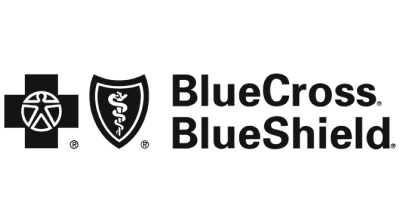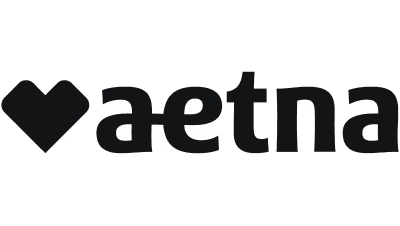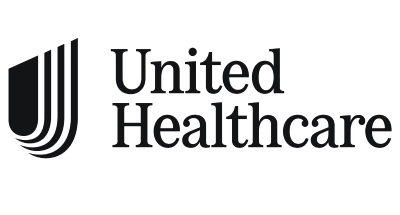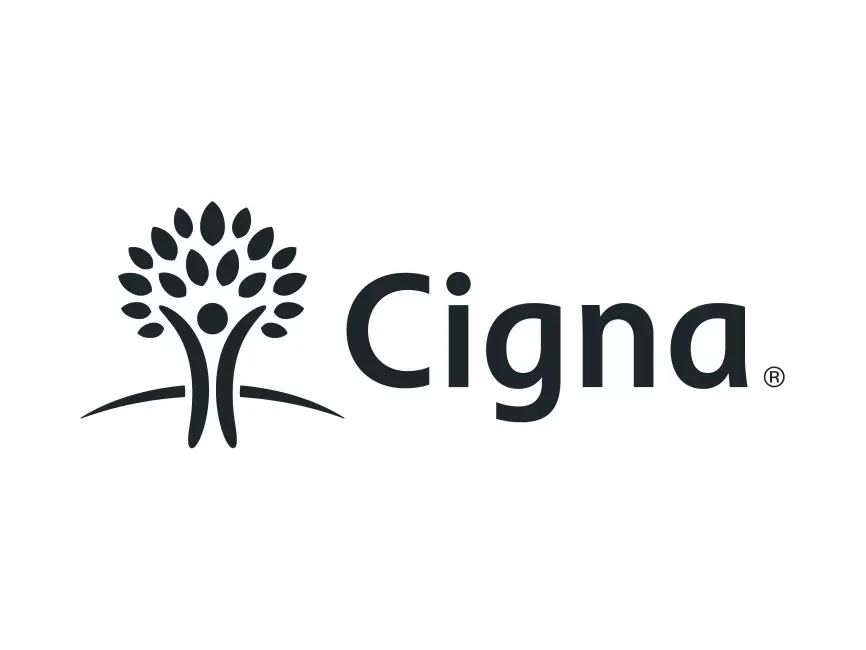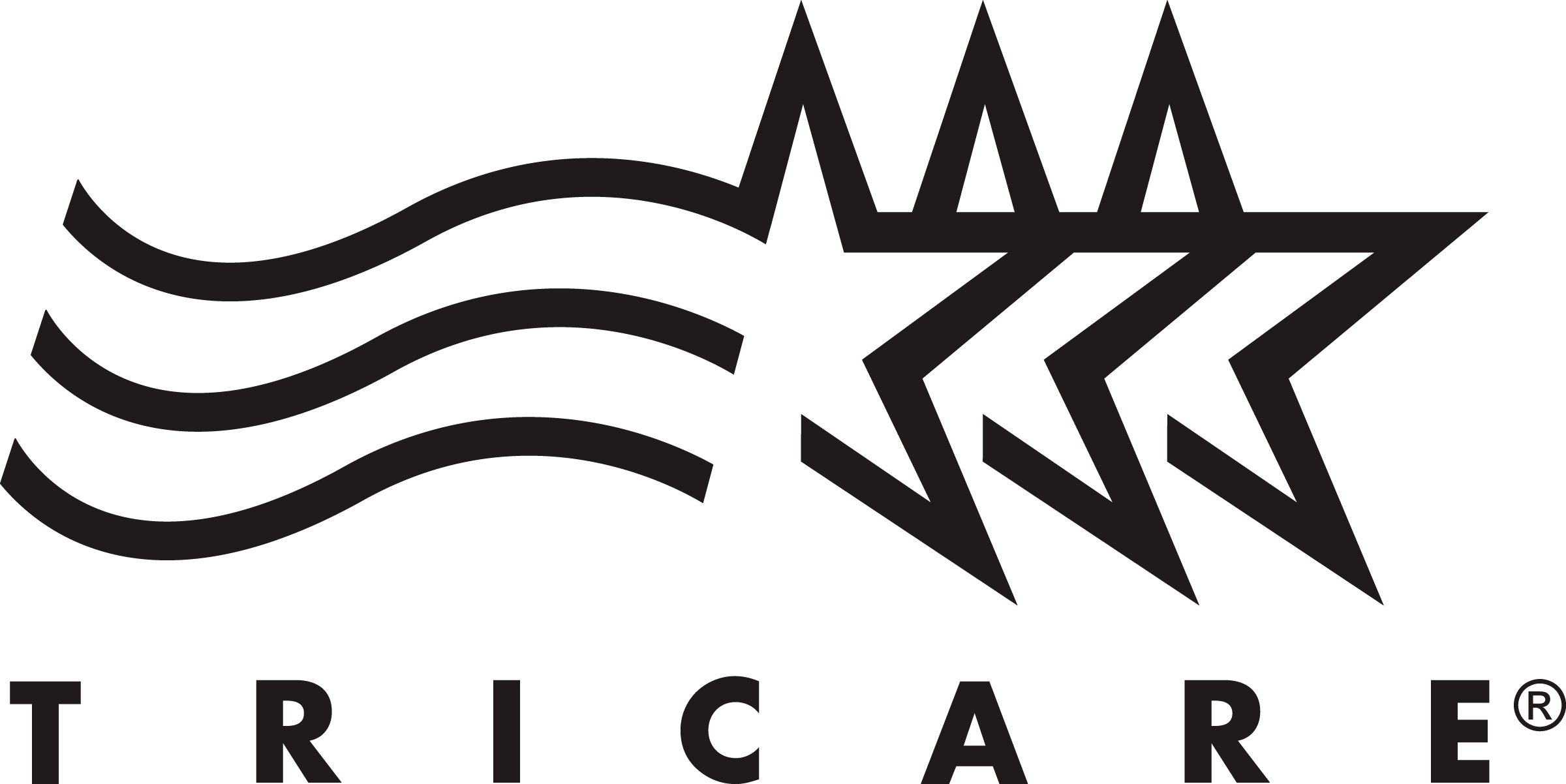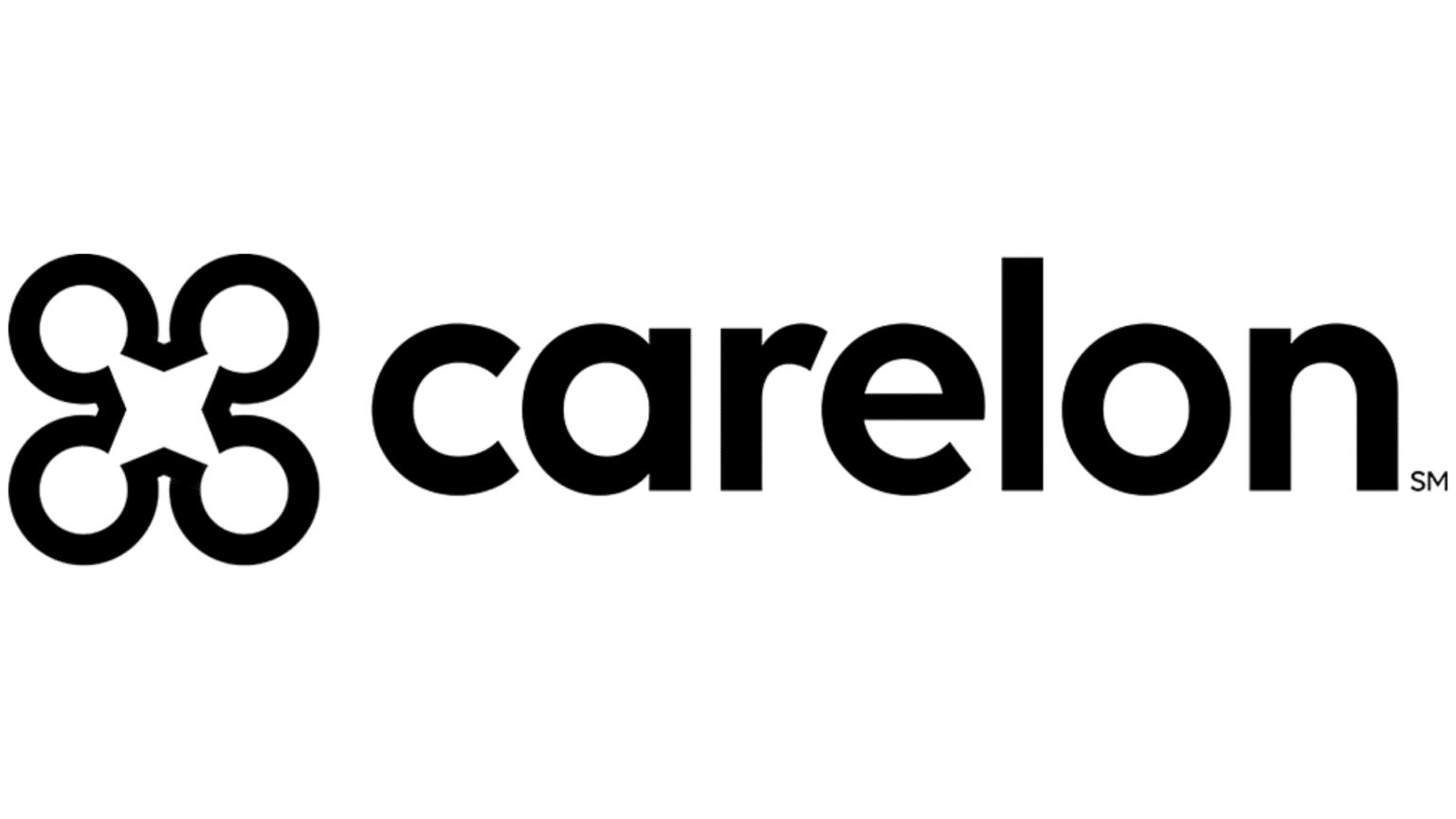Understanding Recovery and Its Impact on the Workplace
Substance use disorder (SUD) is a chronic disease characterized by compulsive drug seeking and use, despite harmful consequences. It’s important to understand that SUD is not simply a lack of willpower. It involves complex interactions between brain circuits, genetics, environment, and an individual’s life experiences. When an employee is struggling with SUD, it can manifest in various ways in the workplace, such as decreased productivity, increased errors, absenteeism, presenteeism (being physically present but not engaged), safety concerns, and strained relationships with colleagues.
The impact extends beyond the individual struggling. Team dynamics can suffer, workloads can shift, and management may face challenges in addressing performance issues without understanding the underlying cause. The fear of disclosure or discovery can also create significant stress for the employee, further hindering their ability to perform and seek help.
Employers play a vital role in supporting employees with SUD. Traditionally, workplaces might have a zero-tolerance policy leading to immediate termination. However, a recovery-friendly approach shifts the focus from punishment to support and recovery. This doesn’t mean overlooking performance issues or safety risks; it means addressing them while simultaneously offering pathways to help. Recognizing SUD as a treatable health condition is the first step. Providing information, promoting resources, and creating a non-judgmental atmosphere are critical components of this support.
This supportive role is also intertwined with legal considerations. In the United States, laws like the Americans with Disabilities Act (ADA) and the Family and Medical Leave Act (FMLA) offer certain protections to individuals with SUD who are seeking or have received treatment. While current illegal drug use is generally not protected under the ADA, individuals in recovery or those actively seeking treatment for SUD may be considered to have a disability and are entitled to reasonable accommodations. Similarly, FMLA provides eligible employees with unpaid, job-protected leave for certain medical conditions, including treatment for SUD. Understanding these legal obligations is crucial for employers to ensure they are compliant while also building a supportive framework. It’s a delicate balance of upholding standards, ensuring safety, and providing compassionate support pathways.
Implementing Supportive Policies for a Recovery-Friendly Workplace
The foundation of a recovery-friendly workplace is built upon clear, comprehensive, and compassionate policies. Simply stating that recovery is supported isn’t enough; the commitment needs to be codified in company policy and consistently applied. Developing a comprehensive drug-free workplace policy is a crucial first step. However, unlike traditional punitive policies, a recovery-friendly policy focuses on safety, prevention, education, and support alongside any necessary consequences for policy violations, particularly those impacting safety. It should clearly outline expectations regarding substance use, but also detail the resources available for employees who need help.
A truly supportive policy incorporates flexibility. For someone undertaking treatment, particularly an
Intensive Outpatient Program (IOP) or even a
Partial Hospitalization Program (PHP) delivered via telehealth, attending sessions multiple times a week is necessary.
Virtual IOP Program attendance, for instance, might require adjusting work schedules, taking extended lunch breaks, or having a designated private space for telehealth sessions. Flexible work arrangements, such as adjusted hours, remote work options (which align perfectly with
virtual rehab California), or modified duties, can make it significantly easier for an employee to manage their work responsibilities while actively participating in treatment and recovery activities. This flexibility is a tangible demonstration of the company’s commitment to supporting recovery.
Ensuring confidentiality and non-discrimination is paramount. Employees need to trust that seeking help will not lead to public exposure or negative repercussions in their careers. Policies should explicitly state commitments to privacy regarding health information, including SUD treatment. Managers and HR personnel handling such information must be trained on confidentiality requirements, such as HIPAA, even in an employment context. Discrimination based on a history of substance use disorder or participation in recovery programs should be strictly prohibited. This non-discrimination clause should extend to hiring practices, promotions, and performance evaluations. A clear policy on how performance issues related to substance use will be addressed – ideally, linking assistance and treatment resources to performance improvement plans rather than immediate punitive action – is also vital. Policies should be regularly reviewed and communicated clearly to all employees, perhaps through an employee handbook and periodic training sessions. By establishing these robust policies, employers create a safe pathway for employees to seek help without fear, knowing their job security and privacy are protected within legal boundaries.
Training and Education: Building Awareness and Empathy
Policies, no matter how well-intentioned, are only effective if they are understood and implemented correctly by the people managers and colleagues who interact with employees daily. Therefore, training and education are cornerstones of building a recovery-friendly workplace culture. It’s essential to train managers, HR professionals, and even general staff on the basics of addiction, recovery, and how to support colleagues respectfully.
Training for managers should cover topics such as recognizing potential signs of substance use issues (focusing on performance and behavioral changes, not diagnosis), how to approach sensitive conversations with empathy and concern, and understanding the resources available to employees. It’s critical to train managers not to act as diagnosticians or counselors but as empathetic guides who can refer employees to appropriate professional help, such as Employee Assistance Programs (EAPs) or HR. They need to understand that their role is to address job performance while being aware that underlying issues like SUD might be a factor, and to know the process for connecting the employee with support services.
Education for all staff can help to reduce the powerful stigma surrounding addiction. Many people hold misconceptions about SUD, viewing it as a moral failing rather than a health condition. Education can demystify addiction, explain the neuroscience behind it (in simple terms), highlight that recovery is possible and common, and foster a more compassionate understanding. Training can also cover topics like mental health awareness, as SUD often co-occurs with mental health conditions (
Dual Diagnosis Treatment is a critical component of effective care). Learning about the interconnectedness of mental health and substance use can further build empathy and support within teams.
Reducing stigma is a significant goal of this training. Stigma creates barriers to seeking help and makes the recovery journey more difficult. By openly discussing addiction, recovery, and mental health, workplaces can create an environment where employees feel less alone and more comfortable reaching out. Training can provide practical tips for supportive communication, emphasizing listening without judgment and offering encouragement. It can also equip employees with knowledge about confidentiality – understanding that someone’s health information is private and not a topic for workplace gossip. Regular training sessions and ongoing educational campaigns are necessary to reinforce these principles and ensure that the recovery-friendly message is embedded in the company culture. This investment in education pays dividends in fostering a more understanding, supportive, and ultimately, more productive workforce.
Creating a Truly Supportive Workplace Environment
Beyond policies and training, the everyday environment and culture of a workplace significantly impact how supported an employee in recovery feels. Creating a truly supportive environment is about fostering a culture of openness, empathy, and psychological safety. This means cultivating a space where employees feel safe enough to be vulnerable, to share (if they choose to), and to seek help without fear of negative repercussions or judgment from their peers or superiors.
Openness starts with leadership. When leaders talk about mental health, addiction, and recovery in a matter-of-fact, non-judgmental way, it signals to the entire organization that these are legitimate health issues worthy of support. Sharing stories (appropriately and with permission) can be powerful, but even just acknowledging the challenges people face and highlighting available resources can make a big difference. Empathy is key; encouraging colleagues to approach situations with compassion rather than judgment can transform workplace interactions.
Encouraging peer support and mentorship programs can be incredibly valuable for employees in recovery. Connecting with others who have similar experiences can provide a sense of community, shared understanding, and practical advice. These programs can be formal or informal, but they offer a lifeline for those navigating the challenges of recovery while working. Mentors can provide guidance, offer support during difficult times, and share strategies for managing stress and triggers in a professional setting. Creating affinity groups or employee resource groups focused on wellness, mental health, or recovery can also provide a structured space for support and connection.
Celebrating wellness and promoting psychological safety are fundamental. A workplace that prioritizes the overall well-being of its employees is naturally more conducive to supporting recovery. This can include initiatives promoting physical health, stress management techniques, and mental wellness. Psychological safety means that employees feel safe to take risks, to voice concerns, and to admit mistakes or struggles without fear of being shamed or punished. In the context of recovery, this means feeling safe to ask for help, to request accommodations, or to disclose their situation if necessary. It means knowing that a relapse, if it occurs, will be met with concern and support, not immediate termination. This doesn’t mean there are no consequences for behavior that violates policy or jeopardizes safety, but it means the initial response is focused on getting the individual the help they need while addressing the performance or safety issue appropriately and with dignity. A workplace that fosters psychological safety becomes a place where recovery can flourish alongside professional growth.
Ensuring Access to Resources and Support Systems
A critical component of a recovery-friendly workplace is ensuring employees have clear, easy access to the resources they need to get help and support their recovery. Policies and culture pave the way, but readily available resources provide the practical tools.
Employee Assistance Programs (EAPs) are one of the most common and valuable resources employers can offer. EAPs are confidential programs that provide employees with free access to short-term counseling, referrals to treatment centers, and resources for a wide range of personal and work-related issues, including substance use. Promoting the EAP regularly, clearly explaining how to access services, and emphasizing confidentiality are crucial. Employees need to know that reaching out to the EAP is a safe, private step towards getting help, not something that will immediately notify their manager or HR department (unless there is an immediate safety risk).
Health insurance coverage is another vital resource. Employers should ensure their health insurance plans provide comprehensive coverage for substance use disorder and mental health treatment. This includes coverage for various levels of care, such as
Outpatient Detox,
Intensive Outpatient Program (IOP),
Partial Hospitalization Program (PHP), and ongoing therapy and support. Navigating insurance can be complicated for anyone, let alone someone struggling with addiction. Providing clear information about coverage, deductibles, co-pays, and how to find in-network providers can significantly reduce barriers to treatment. Many treatment centers, including Compassion Recovery Center, offer online
Verify Insurance tools to simplify this process for potential clients.
Promoting specific evidence-based therapies can also be beneficial. Educating employees about treatments like Cognitive Behavioral Therapy (CBT), which helps individuals identify and change negative thought patterns and behaviors related to substance use, or Medication-Assisted Treatment (MAT), which combines medications with counseling and behavioral therapies to treat substance use disorders (particularly opioid and alcohol dependence), helps demystify these approaches and highlights their effectiveness. Providing information about where these therapies can be accessed – through insurance networks, EAPs, or specific treatment providers – empowers employees to make informed decisions about their care. By actively promoting these resources and ensuring they are accessible, employers demonstrate a tangible commitment to supporting employee recovery and well-being. If you or a loved one need help understanding treatment options or verifying insurance for remote rehab services, don’t hesitate to
contact us for a confidential assessment.
Integrating Addiction Treatment Options with Work Life
One of the biggest challenges for employees needing addiction treatment is balancing it with their work responsibilities. Traditional residential treatment often requires taking extended leave, which isn’t always feasible or desired. This is where integrating various treatment options, especially flexible, remote models, becomes crucial in a recovery-friendly workplace.
Medication-Assisted Treatment (MAT) is a prime example of a treatment that can often be integrated seamlessly into a working life. MAT involves taking prescribed medication to help manage cravings and withdrawal symptoms, combined with counseling and behavioral therapies. For employees on MAT, workplace support might involve flexible scheduling for doctor’s appointments or therapy sessions, ensuring privacy around medication use if applicable, and fostering an environment free from judgment. Employers should understand that MAT is a legitimate, evidence-based treatment and support employees who utilize it as part of their recovery plan.
Intensive Outpatient Programs (IOPs) and Partial Hospitalization Programs (PHPs) are designed specifically for individuals who need a high level of care but can live at home and, often, continue working or attending school. An
Intensive Outpatient Program (IOP) typically involves several hours of therapy and group sessions per week, often scheduled in the evenings or on weekends. A
Partial Hospitalization Program (PHP) is more intensive, meeting for more hours per day, usually several days a week, but still allows the individual to return home.
The advent of telehealth has revolutionized access to these programs, making them even more compatible with work life.
Virtual IOP Program and remote PHP options allow employees to receive high-quality, structured therapy and support from the privacy and convenience of their own homes or a safe space at work. This eliminates commute times, reduces the need for extended leaves of absence, and allows individuals to maintain their connection to their job and support system while receiving critical care. For someone in Orange County, California, needing
remote drug rehab Orange County or
virtual rehab California services, this model is incredibly beneficial. They can participate in group therapy, individual counseling, and educational sessions via secure video conferencing, fitting their treatment around their work schedule with appropriate workplace accommodations.
Collaborating with local treatment centers, particularly those offering telehealth services, can strengthen an employer’s ability to support employees. Having established relationships with trusted providers like Compassion Recovery Center allows HR or EAP services to make warm handoffs and provide employees with reliable information about where they can get effective help that fits their lifestyle. Employers can educate themselves on the different levels of care and how remote options work, so they are better equipped to support employees who choose these pathways. By acknowledging and accommodating participation in programs like virtual IOP, workplaces demonstrate a genuine commitment to recovery, making it a more attainable goal for their employees. If you’re an employer or an employee wondering how remote treatment can work, we invite you to
reach out today to learn more about integrating recovery into your professional life.
Navigating Legal and Ethical Considerations
Building a recovery-friendly workplace requires careful consideration of legal and ethical responsibilities. While fostering a culture of support is paramount, employers must also adhere to regulations and maintain ethical standards, particularly concerning privacy and fairness.
As mentioned earlier, the Americans with Disabilities Act (ADA) provides protections for individuals with a history of substance use disorder or those currently seeking treatment. This means employers cannot discriminate against qualified individuals based on their past or current (treatment-related) status with SUD. They may be entitled to reasonable accommodations that allow them to perform the essential functions of their job. What constitutes a “reasonable accommodation” is determined on a case-by-case basis and could include modified work schedules to attend therapy or support group meetings, adjustments to job duties, or providing a private space for telehealth sessions or medication administration. Importantly, the ADA does not generally protect employees who are currently engaging in the illegal use of drugs. This distinction is critical: support is for recovery, not for active illegal drug use.
The Family and Medical Leave Act (FMLA) is another key piece of legislation. Eligible employees can take up to 12 weeks of unpaid, job-protected leave per year for their own serious health condition, which includes substance use disorder treatment. This leave can be taken continuously or intermittently, allowing for flexibility to attend appointments or participate in programs like IOP or PHP. Employers must understand their obligations under FMLA, including providing notice of eligibility and protecting the employee’s job upon their return. For employees utilizing
virtual rehab California services, FMLA leave might be used intermittently to cover intensive treatment periods or simply provide peace of mind and job protection while they balance work and recovery demands.
Maintaining confidentiality and privacy is not just a legal requirement (especially concerning health information covered by HIPAA or state privacy laws) but also an ethical imperative. Employees trust their employers with sensitive information when they disclose a health condition or seek accommodations. This trust must be respected and protected. Information about an employee’s health condition, including SUD, should only be shared on a need-to-know basis and with appropriate consent. Training for anyone who might handle this information – HR, managers, EAP staff – on privacy protocols is non-negotiable.
Balancing safety and support is perhaps the most delicate aspect. Employers have a responsibility to maintain a safe workplace for all employees and customers. This might involve drug testing in certain safety-sensitive positions, particularly in industries regulated by agencies like the Department of Transportation (DOT). A recovery-friendly approach does not mean compromising safety standards. It means that when a safety issue arises potentially related to substance use, the response prioritizes support and treatment pathways alongside addressing the safety risk. For instance, a failed drug test might trigger a mandatory assessment and treatment plan rather than immediate termination, provided the employee is willing to engage in recovery and the job function allows for this pathway while ensuring safety. Establishing clear, fair, and consistently applied procedures that balance safety concerns with opportunities for recovery is essential. Legal counsel can help employers navigate these complex issues to ensure compliance and ethical practice.
Measuring Success and Continuous Improvement in a Recovery-Friendly Workplace
Building a recovery-friendly workplace isn’t a one-time project; it’s an ongoing commitment that requires evaluation and adaptation. To ensure the initiatives are effective and to demonstrate their value, employers should focus on measuring success and continuously improving their programs.
Setting clear benchmarks and tracking outcomes is essential. What does success look like in this context? It could be measured by various metrics, such as:
– Participation rates in EAP services related to substance use.
– Utilization of health insurance benefits for addiction treatment.
– Retention rates of employees who have disclosed a history of SUD or sought treatment.
– Absenteeism or presenteeism rates before and after implementing supportive policies.
– Improvements in safety metrics.
– Employee surveys measuring perceptions of workplace support for health and well-being.
– Reduction in stigma reported by employees.
Collecting and analyzing this data allows employers to understand which initiatives are working well and where improvements are needed. It also provides a tangible way to demonstrate the return on investment for creating a supportive culture, showing that it benefits the bottom line as well as employee welfare.
Regular policy reviews and updates are also crucial. Laws and regulations related to disabilities, leave, and health insurance can change. Best practices in addiction treatment and recovery support evolve. Policies should be reviewed at least annually to ensure they are compliant, reflect the latest understanding of SUD and recovery, and are meeting the needs of the workforce. For example, as telehealth options for
Virtual IOP Program and
Outpatient Detox become more common, policies might need updating to explicitly address accommodations for remote treatment participation.
Responding to feedback is a critical part of continuous improvement. Soliciting feedback from employees, particularly those in recovery or those who have used the support services, can provide invaluable insights. What barriers did they face? What resources were most helpful? What could be improved? Creating anonymous feedback mechanisms can encourage honest responses. Using this feedback to refine policies, training programs, and resource offerings ensures that the recovery-friendly workplace initiatives are truly meeting the needs of the people they are intended to serve.
Sharing successes, while respecting employee confidentiality, can also motivate further progress. Highlighting the positive impact of supportive policies (perhaps through aggregate data or anonymous success stories) reinforces the value of the initiative and encourages others to seek help if they need it. Celebrating milestones in recovery or promoting wellness activities publicly (while keeping individual recovery private) can further embed the supportive culture. By committing to measurement, review, and feedback, employers can ensure their recovery-friendly workplace initiatives remain effective, relevant, and truly supportive over the long term. It’s a dynamic process that evolves as the understanding of addiction and recovery grows and as the needs of the workforce change.
Conclusion: Building a Brighter Future Through Support
Building a recovery-friendly workplace is more than a corporate social responsibility initiative; it’s a strategic approach that benefits individuals, companies, and the wider community. We’ve explored the importance of recognizing substance use disorder as a health condition, understanding the impact on the workplace, and the legal frameworks that provide protection and rights to employees seeking recovery. We’ve delved into the practical steps employers can take, from implementing supportive policies and providing essential training and education to fostering a truly empathetic and open environment.
Ensuring access to resources like EAPs, comprehensive health insurance coverage, and information about effective treatments such as
Drug Rehab Programs,
Alcohol Rehab Programs, and
Mental Health Treatment is fundamental. Crucially, we’ve highlighted how modern, flexible treatment options, particularly remote telehealth programs like
Virtual IOP Program and
Outpatient Detox, make it more possible than ever for employees to receive the intensive care they need while maintaining their careers and family lives. These
virtual rehab California options, like those offered by Compassion Recovery Center serving
remote drug rehab Orange County and beyond, provide discrete, accessible, and effective pathways to recovery that integrate seamlessly with daily life, including work.
Navigating the legal landscape, respecting confidentiality, and balancing safety with support requires diligence and ethical consideration. Finally, the commitment to measuring success and continuous improvement ensures that recovery-friendly initiatives remain relevant and effective, demonstrating their positive impact on employee well-being and organizational performance.
For employers, taking action to build a recovery-friendly workplace means investing in your most valuable asset: your people. It means recognizing the potential within individuals who have faced significant challenges and are actively working towards a healthier future. It means fostering a culture where seeking help is a sign of strength, not weakness. For employees, it means knowing that support is available, that recovery is possible without sacrificing their livelihood, and that they can rebuild their lives with dignity and hope.
If you are an employer looking to enhance your support systems or an employee seeking help and wondering how treatment can fit into your work life, remember that resources are available. Organizations like Compassion Recovery Center specialize in providing flexible, remote treatment options designed to support individuals while they maintain their responsibilities. We offer
Intensive Outpatient Programs (IOP),
Partial Hospitalization Programs (PHP), and
Outpatient Detox all delivered via telehealth, making recovery accessible from wherever you are.
Taking the first step can be the hardest, but you don’t have to do it alone. Employers have the power to create environments where recovery can thrive. Individuals have the capacity for healing and growth. Together, through understanding, compassion, and practical support, we can build a brighter future where recovery is integrated, accepted, and celebrated within the workplace. Explore treatment options designed for flexibility;
check insurance coverage easily online or
contact us for a confidential assessment to discuss how our programs can support you or your employees on the path to recovery. Start your recovery journey today – help is here.
What is a recovery-friendly workplace?
A recovery-friendly workplace is an environment where employees feel safe, supported, and encouraged in their recovery from substance use disorder. It goes beyond tolerance, involving active support through policies, training, and access to resources to help individuals heal and thrive while maintaining their employment.
How can employers support employees in recovery?
Employers can support employees by implementing comprehensive policies, providing training on addiction and recovery, fostering an empathetic culture, ensuring access to resources like EAPs and health insurance, and offering flexibility for treatment participation, including supporting remote options like virtual IOP.
What are the benefits of a recovery-friendly workplace?
Benefits for employers include reduced absenteeism, increased productivity, lower healthcare costs, improved safety, higher morale, and better employee retention. For employees, it means the ability to pursue recovery without fear of job loss, reduced stress, and greater overall well-being and stability.
How does Compassion Recovery Center support workplace recovery initiatives?
Compassion Recovery Center specializes in remote drug and alcohol rehab through telehealth, offering programs like Virtual IOP, PHP, and Outpatient Detox that provide high-quality treatment and therapy via secure video conferencing. This flexible model allows employees to receive intensive care from home, making it easier to balance treatment with work responsibilities and support their recovery journey without leaving their jobs or relocating.
What resources are available for employees struggling with addiction?
Employees can often access resources through their employer, such as Employee Assistance Programs (EAPs) that offer confidential counseling and referrals. Health insurance plans typically cover addiction treatment. Additional resources include confidential helplines, non-profit organizations, and treatment providers like Compassion Recovery Center, which offers accessible remote programs.




